Do a search on your preferred website for information about the effects of declines in hormones on a man’s QOL (quality of life). You will find most hits refer to “the male menopause,” but this is a misnomer and can lead you away from a proper understanding of what the conditions are, and how best to treat them.
The main problem is that the idea of “menopause” is linked to a very rapid and drastic change in hormone levels. In women, there can be a drop-off in the levels of the female hormones progesterone and estrogen of between 80 and 90 percent in just two or three years. This decline creates significant changes in a wide range of a woman’s bodily functions, including cessation of periods, and the onset of what is known as Vasomotor Symptoms (VMS), or hot flashes and night sweats. These are probably the cardinal symptoms of menopause, characterized by bouts of profuse heat accompanied by sweating and flushing, predominantly around the head, neck, chest, and upper back.
The majority of women going through the transition from fertility into menopause experience VMS. are experienced by the majority of women during the menopausal transition. In the most thorough study of the transition period, known as Study of Women’s Health Across the Nation (SWAN), 60-80% of women experience VMS at some point during the menopausal transition. Research in other studies also has shown that a large number of women report VMS earlier, before the onset of perimenopause (the beginning of menstrual cycle changes) and well into their 60s and 70s.
For men, the pattern of change is very different, which is why the term “male menopause” is now being replaced with “Andropause.” The difference between men and women, when it comes to hormone changes as they age, is that the change happens very quickly and is extremely sharp for women. For men, the key hormone testosterone reaches a peak in the early to mid-thirties. Then it starts to fall off gradually and steadily at around one to two percent each year. Studies have shown that roughly one in eight (12%) of men in their fifties will have testosterone levels below 300 nanograms per deciliter (ng/dL), which is considered the mark of low testosterone levels (hypogonadism). In the next decade, one in five men will have levels lower than the mark, and then a quarter of men in their sixties, and one half in their seventies will be experiencing the results.
The results of hypogonadism will show up in a number of ways, such as:
- Reduced sex drive
- Erectile dysfunction
- Loss of scalp and body hair
- Depression
- Fatigue
- Decreased muscle mass
- Increased body fat
- Decreased bone density
- Infertility
Looking at why “andropause” should be regarded as having nothing to do with “menopause”, consider the first significant difference. Menopause affects a large proportion of women at onset, but it does not spread to more women as they age. In fact, it’s the opposite. Many women experience a few years of VMS, and gradually the conditions ease-off, or disappear completely, without intervention. For men, the incidence of Andropause accelerates sharply, roughly doubling in each decade of life from forty onwards.
There are also some differences in available treatments for hypogonadism, and they are generally easier to administer and more effective than the more demanding Hormone Replacement Therapies (HRT) that women going into menopause need.
Treatments for low testosterone
Male testosterone replacement is available in creams, gels, and injections. Testosterone replacement can restore vigor to aging men and reverse many of the symptoms that come with testosterone loss.
The most highly recommended testosterone replacement method is boosting testosterone directly. It is the advanced cream AndroForte® which was developed and patented by Lawley Pharmaceuticals. This Australian company specializes in the manufacture of pharmaceutical-grade bioidentical testosterone. AndroForte can be easily applied to bare skin, is absorbed quickly and directly boosts testosterone levels within a few days.
There are the options of a transdermal skin patch that can be worn on the arm or upper body, or a mouth patch sticking all day behind the front teeth. Compared to AndroForte, these are less convenient and are more obtrusive.
In another alternative, which is more aggressive, you can undergo regular injections of the hormones into your muscles.
FAQ
Are there other causes of hypogonadism besides aging?
The most common cause of low testosterone in young males is anabolic steroid use. Bodybuilders, weight lifters and athletes use these drugs to improve appearance and performance. Other substances that can decrease testosterone levels include street drugs, and excessive use of alcohol, cigarettes and marijuana.
Testosterone levels can also drop due to illness and poor nutrition.
How to diagnose low testosterone
Doctors can order a serum testosterone test that will measure the hormone levels. By performing our simple self-assessment test, you can also confirm or rule out whether low testosterone levels are causing any of your problems. It will give you a good indication of whether going to your doctor for a confirmatory blood test is necessary. The tool is the Testosterone Deficiency Assessment Test on our website. It takes only five minutes and asks seventeen simple questions that rate the specific characteristics of your symptoms. In the end, you will get a comprehensive rating of the likelihood that low testosterone levels could cause some of your problems. You can then decide whether a further investigation by your doctor will be necessary.
